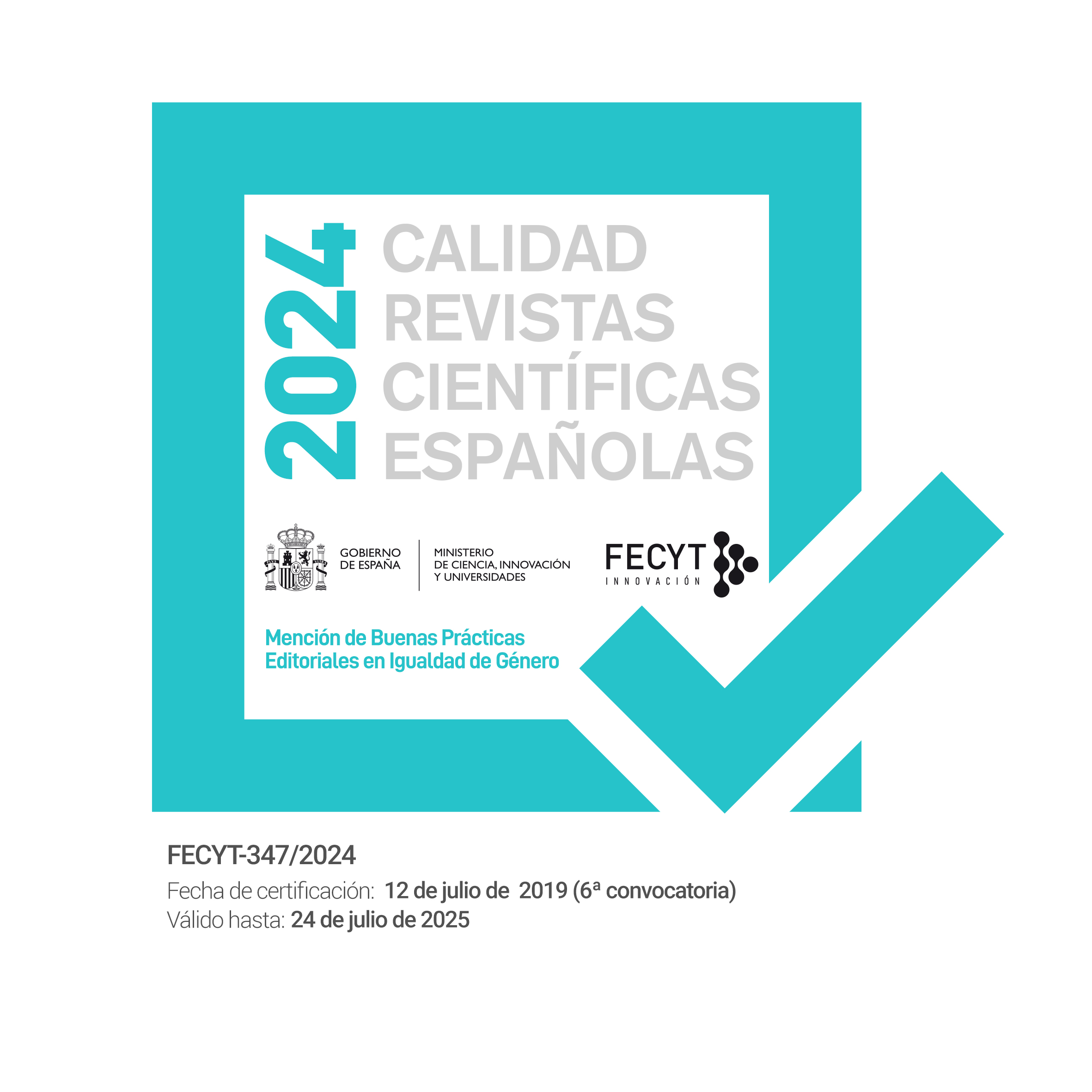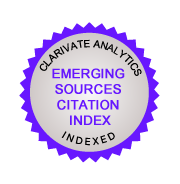Daimien Hirst : el artista como preparador
DOI:
https://doi.org/10.5944/etfvii.18-19.2005.1504Keywords:
visibilidad, imágenes corporales entre Arte y Medicina, visibility, body images between Art and Medicine,Abstract
El cuerpo más allá de su razón biológica, es un espacio de proyección donde se escenifican las normas y los valores socioculturales y científicos. La ciencia médica constituye un régimen escópico, en cuyo marco se construye un imaginario acerca del cuerpo, que modela y normaliza la percepción que el sujeto moderno establece con él. Hirst trabaja desde el cuerpo muerto, como medio y material de trabajo, para cuestionar el posicionamiento del cuerpo en el discurso de la medicina. Para ello se sirve de imágenes corporales situadas en la frontera entre Medicina y Arte.
The body, beyond its biological meaning, is a space of projection of cultural and scientific norms and values. The medicine constitutes a scopic regime, where an imaginary of body is built up which normalizes its perception by the modern subject. Hirst works with the dead body as medium and material of work, in order to question body` s position in medicine discourse. Therefore, he works with body images placed on the border line between Medicine and Art.
Downloads
Downloads
Published
How to Cite
Issue
Section
License
Authors who publish in this journal agree to the following terms:
- Authors retain copyright and grant the journal right of the first publication with the work simultaneously licensed under a license Creative Commons Reconocimiento-NoComercial 4.0 Internacional that allows others to share the work with an acknowledgement of the work's authorship and initial publication in this journal.

- Authors are able to enter into separate, additional contractual arrangements for the non-exclusive distribution of the journal's published version of the work (e.g., post it to an institutional repository or publish it in a book), with an acknowledgement of its initial publication in this journal.
- Authors are permitted and encouraged to post their work online (e.g., in institutional repositories or on their website) prior to and during the submission process, as it can lead to productive exchanges, as well as to earlier and greater citation of the published work (See The Effect of Open Access).








